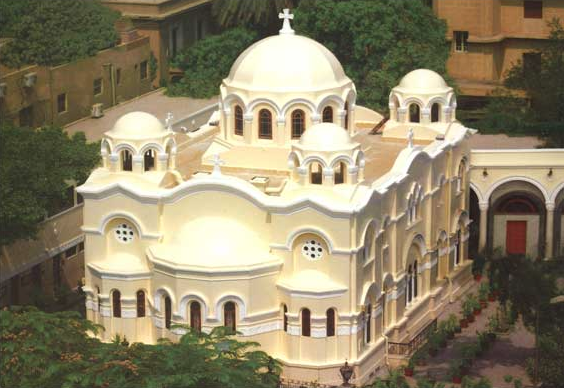
Nice visualization of the different colors attested for the kiswah of the Kaaba over time.
https://twitter.com/abinbaddal1/status/1406310214694064130
What the kiswah actually looked like in the early days is uncertain. Here’s a few interesting traditions from the Muṣannaf of Ibn Abī Shaybah (d. 235/849)
[1] “Muḥammad ibn Isḥāq reported from an elderly woman from Mecca that she said, 'When [ʿUthmān] Ibn ʿAffān was killed,...
[1] “Muḥammad ibn Isḥāq reported from an elderly woman from Mecca that she said, 'When [ʿUthmān] Ibn ʿAffān was killed,...

I was 14 yrs old.' She continued, 'I had seen the House when it had no kiswah except for the red felt wrap cast over it and the white fabric and the woolen wrap and whatever thing that hung down covering it. I saw it neither gold nor silver was on it.'
Muḥammad added, “The House was not covered in the era of Abū Bak nor that of ʿUmar. ʿUmar ibn ʿAbd al-ʿAzīz [r. 717-720] draped it with waṣāʾil [Yamānī cloth] and qubāṭī [white Egyptian fabric]."
[2] Nāfiʿ said: Ibn ʿUmar would wrap his sacrificial camel before the Kaʿbah was draped with cloth, wool and white Egyptian fabrics, then he would take off the wrapping before he sacrificed it and send them to caretakers of the Kaʿbah as covering for the Kaʿbah. ... 

But he ceased doing that when the Kaʿbah was [officially] covered with a kiswah.
[3] Layth [b. Saʿd, d. 791] said: In era of the Prophet the kiswah of the Kaʿbah was strips of fabric and haircloth.
[3] Layth [b. Saʿd, d. 791] said: In era of the Prophet the kiswah of the Kaʿbah was strips of fabric and haircloth.

Here's the text:
google.com/books/edition/…
google.com/books/edition/…
• • •
Missing some Tweet in this thread? You can try to
force a refresh

















